The Good, the Bad and the BABIP: 8 Players Who Won't See Major Shifts in Value
One way typically used to gauge a player's success longterm on a small sample size is looking at batting average on balls in play - BABIP. A high BABIP can indicate a lucky streak, while a low BABIP can mean the opposite. Both often predict turnaround.
Someone like Mariners 3B Kyle Seager, with MLB-worst .138 BABIP, should definitely turn it around because his peripheral statistics are not far off his career numbers. A lower BABIP won't hurt Nationals OF Bryce Harper because it isn't factoring his home run prowess into the equation.
Here are eight players - four with a high BABIP and four with a low figure - who should not see any drastic shifts in overall value.
The Good
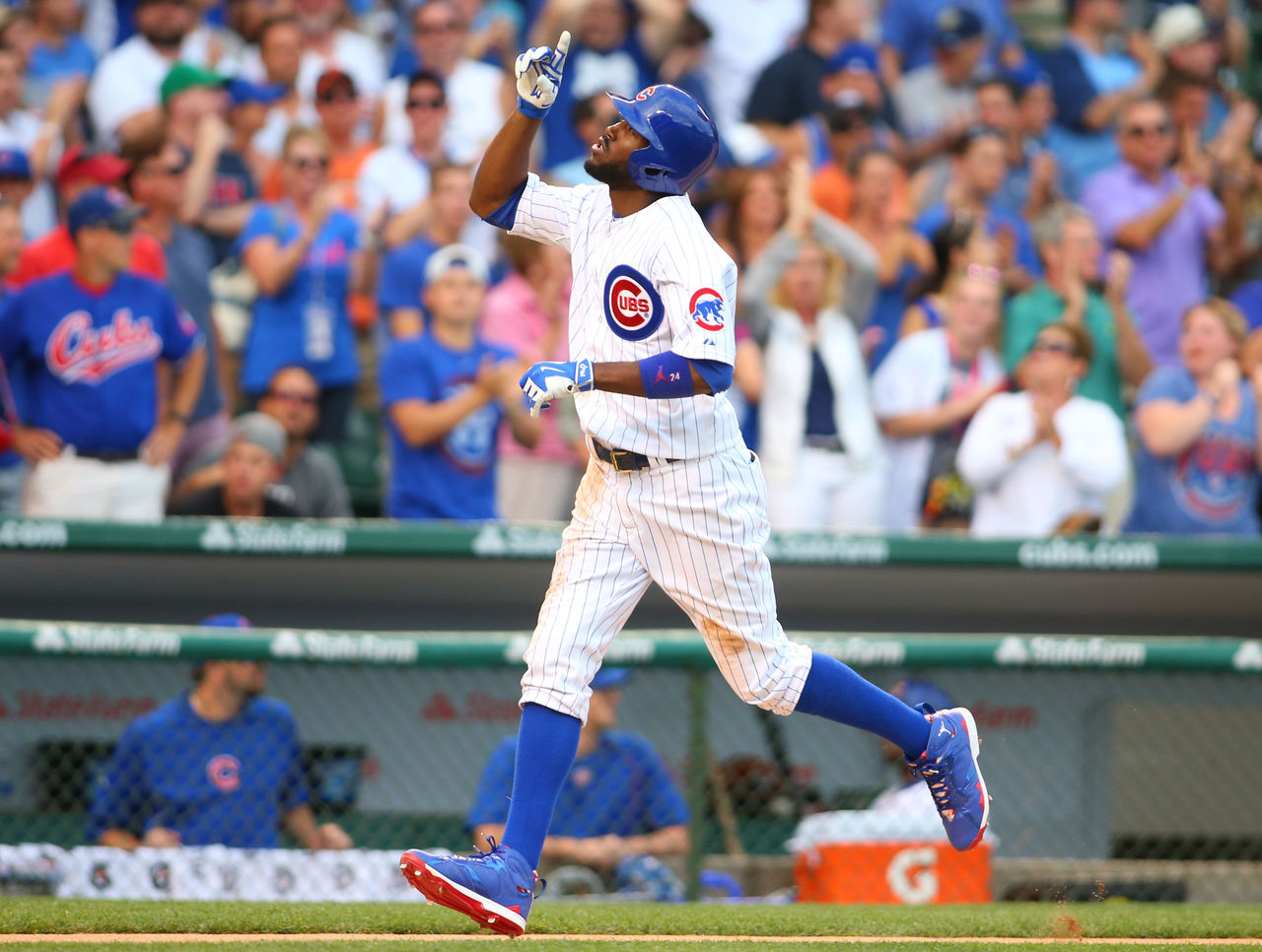
OF Dexter Fowler, Chicago Cubs
2016 BABIP: .431
Fowler's high BABIP should be of no concern to anyone who is rostering him. Will there be regression? No doubt. But Fowler has always featured a decently high BABIP, including a .343 mark for his career. That's still much lower than his current number, so a dropoff is all but guaranteed.
One key reason for the surge is the lack of soft contact. He's hitting the ball harder than he ever has, with a soft-contact rate of just 8.2 percent. He's showing better plate discipline, isn't swinging at balls out of the strike zone, is making contact when he does, and is walking more.
While his season numbers will normalize, he's hitting atop the best lineup in baseball. Temper expectations heading into 2017, but for now he's an incredible asset.
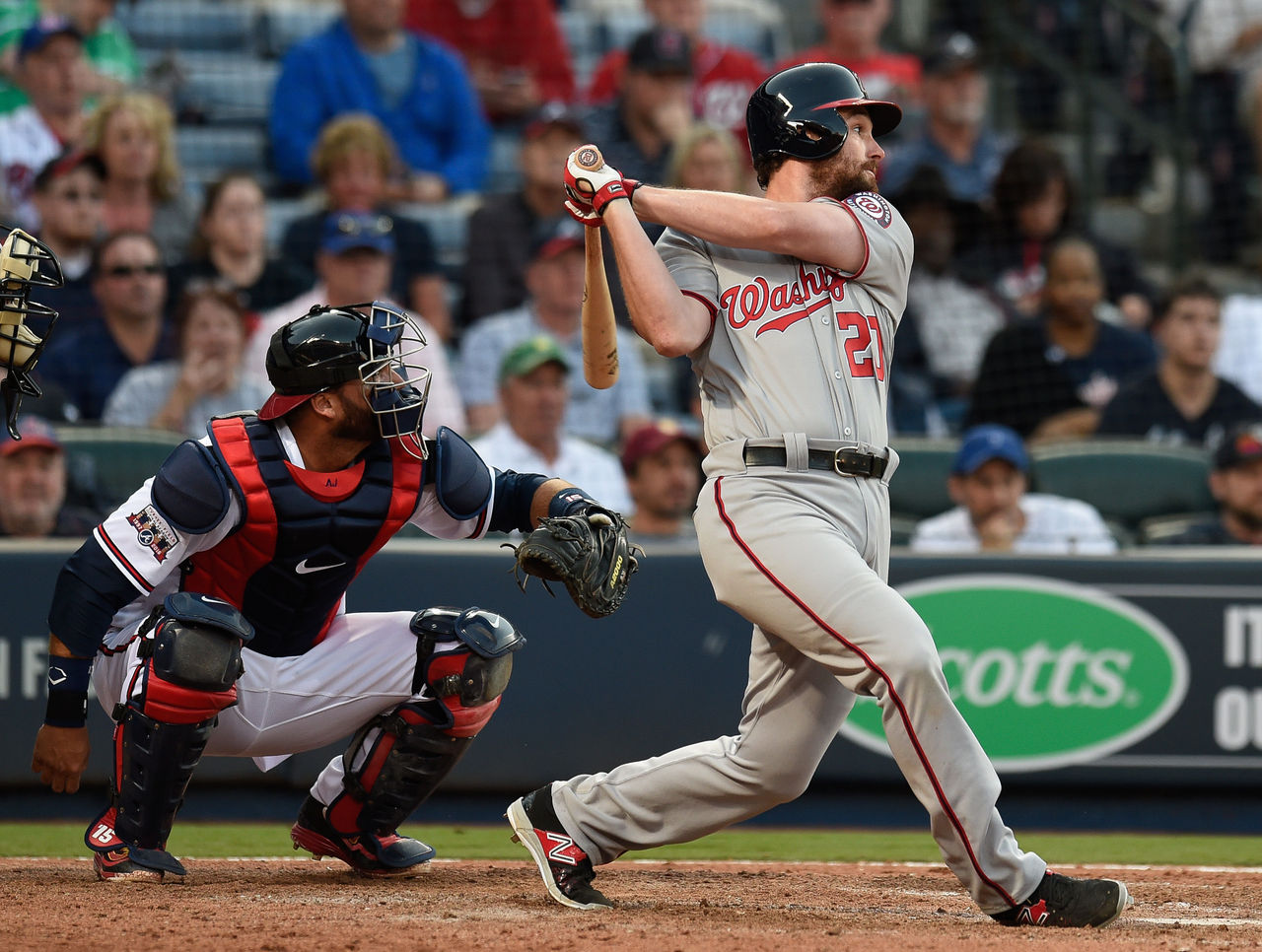
1B/2B/3B Daniel Murphy, Washington Nationals
2016 BABIP: .408
Blinded by the power he possessed in the 2015 postseason, it seemed clear that Murphy was punching above his weight class. His seven home runs in 14 games was absurd. Expecting power regression likely caused his ADP to drop.
But Murphy is multi-position-eligible and has never hit for a poor average. While the .408 BABIP is too high, he'll return value all season long. Like Fowler, he's not making soft contact. If the ball is in the strike zone, he's hitting it.
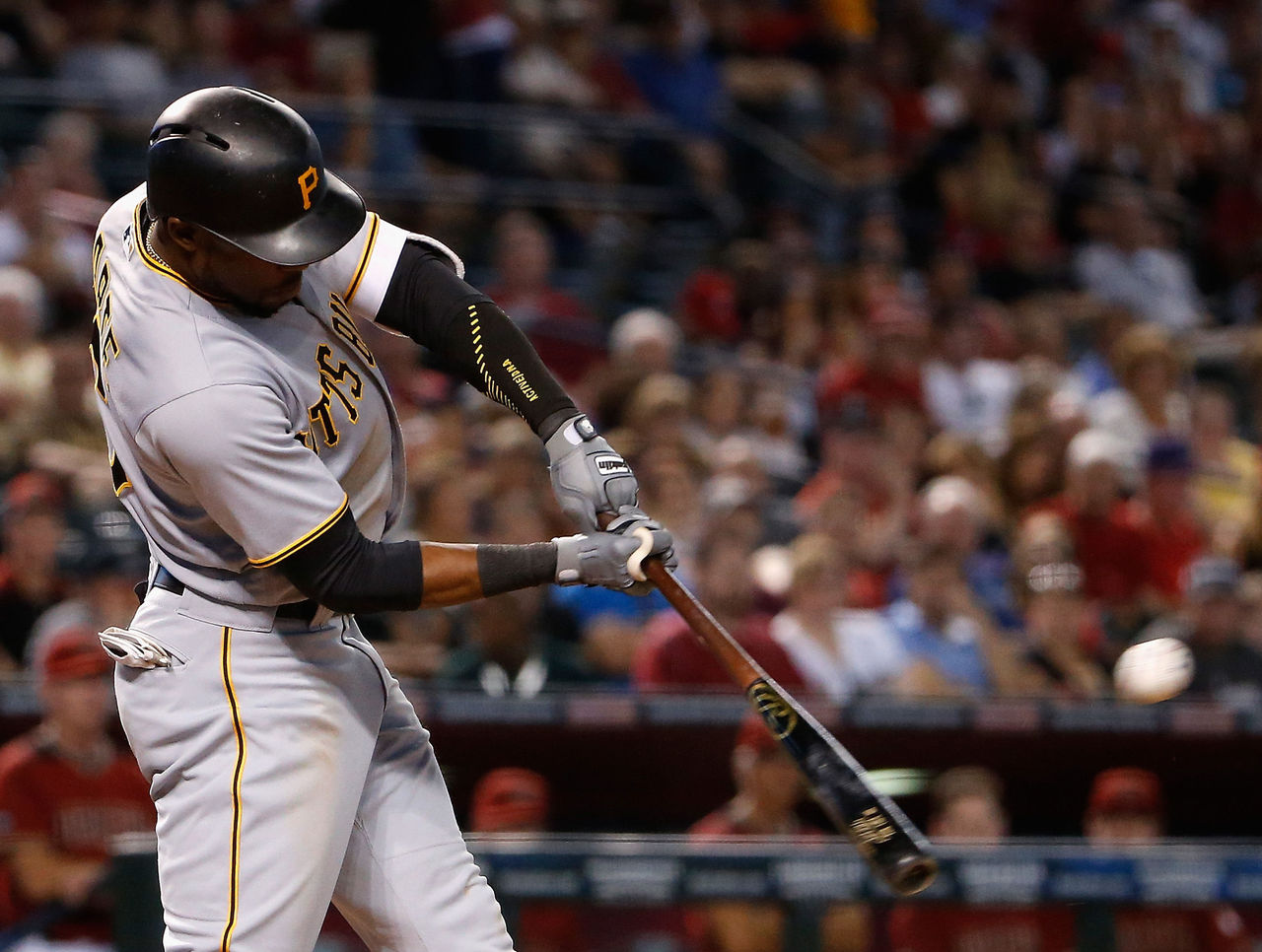
OF Starling Marte, Pittsburgh Pirates
2016 BABIP: .397
Marte will also likely see some regression when it comes to his batting average, but his success is not attributable to luck. His speed has been his biggest boon as he's been able to beat out ground balls at an extremely high rate. Instead of this all representing him playing above his head, it could be part of his gradual rise. He's still establishing his norm.

OF Michael Conforto, New York Mets
2016 BABIP: .397
Even moreso than Marte, Conforto is a superstar in the making so it's difficult to pinpoint his overall trends. Unsustainable BABIP notwithstanding, Conforto is in a situation to succeed. He's hitting in the middle of the Mets' lineup and his showcasing consistent power.
He has 11 doubles, and while he pulls the ball 45 percent of the time, he's hitting the ball to the opposite field at a 34-percent clip. He hit at every level in the minors and he's making a fast transition.
The Bad
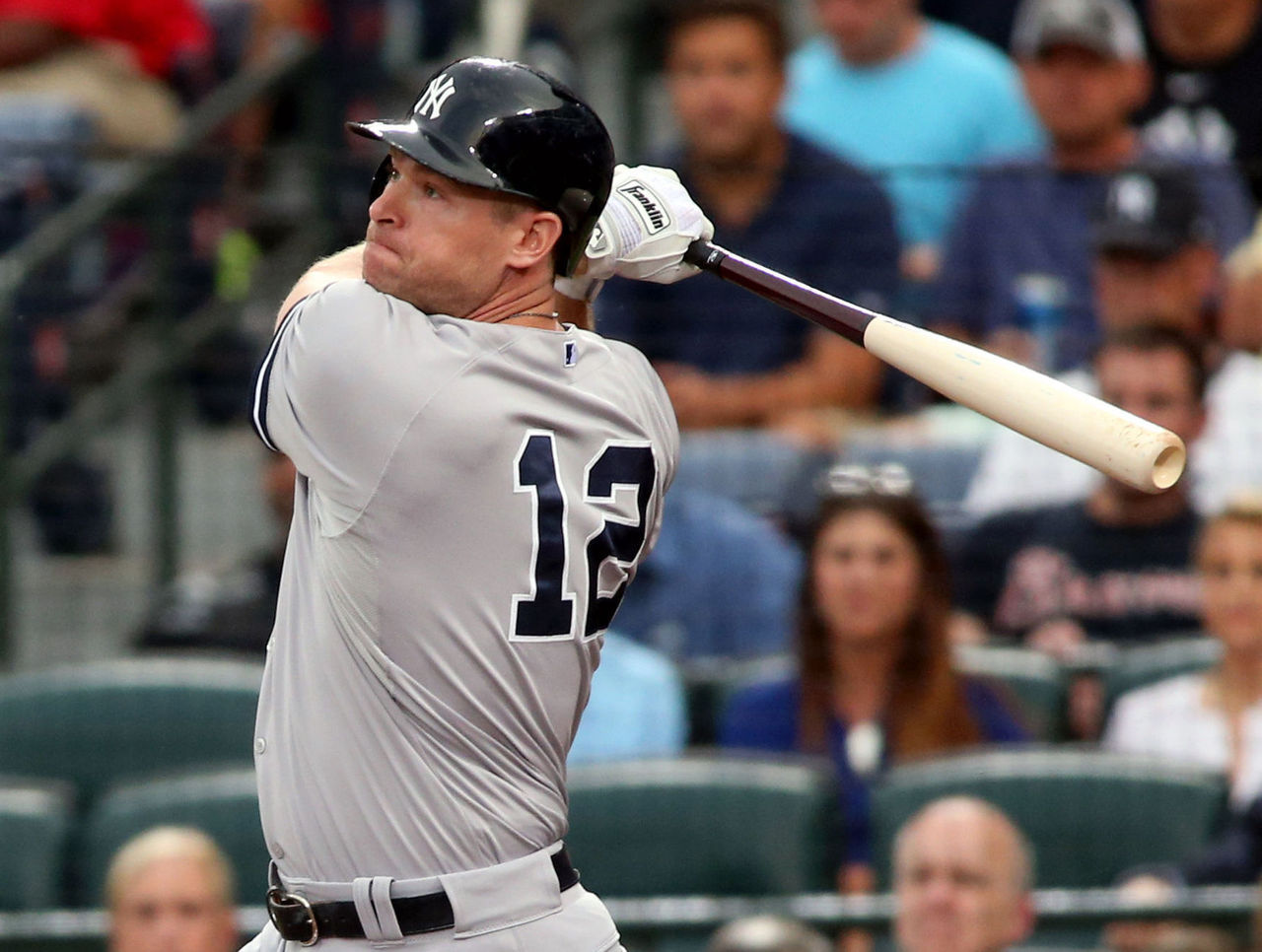
3B Chase Headley, New York Yankees
2016 BABIP: .200
With Headley, bad luck is only part of the story. While his batting average should turn the corner, that doesn't mean he'll be worth rostering. Headley has only 10 hits, all singles, through 75 plate appearances. His 10 walks have helped his OBP, but his slash line is still a comical .156/.267/.156 with an ISO of .000.
Headley hit 31 home runs in 2012. He's only hit 37 since. Chances are, he wasn't on your fantasy radar, and this is why. He isn't striking out more often, but he peaked with a fluke HR/FB ratio in 2012. His lack of hard contact is also disconcerting. Stay away from him.

1B Albert Pujols, Los Angeles Angels
2016 BABIP: .143
Pujols continues to tug at our heartstrings. His 2015 pseudo return to form was a good sign as he hit 40 home runs for the firs time since 2010. He also hit a career-worst .244, something that could be attributed to his likewise career-worst .217 BABIP. That, or his overall decline was in progress but was masked by his best HR/FB ratio since he played for the Cardinals.
He's still making some decent hard contact, but through 25 games, 31 percent of his balls in play were hit with soft contact. His 14.5 percent line drive rate is also the worst of his career. Don't expect a huge correction.

SS Marcus Semien, Oakland Athletics
2016 BABIP: .196
The five home runs shroud the truth about Semien. While his BABIP represents an extreme southward deviation, he strikes out too often and his batter's eye has declined.
When Semien swings at pitches in the strike zone, he's making contact only 79.1 percent of the time. Campare him to Kyle Seager, who, for his part, is making contact on 84 percent of pitches he swings at in the strike zone. That's still low, but then we notice Semien's line drive rate is 7.3 percent - worst in the majors.
His high HR/FB rate will come back to Earth and his power will no longer be strong enough to buoy the rest of his sub-par numbers.
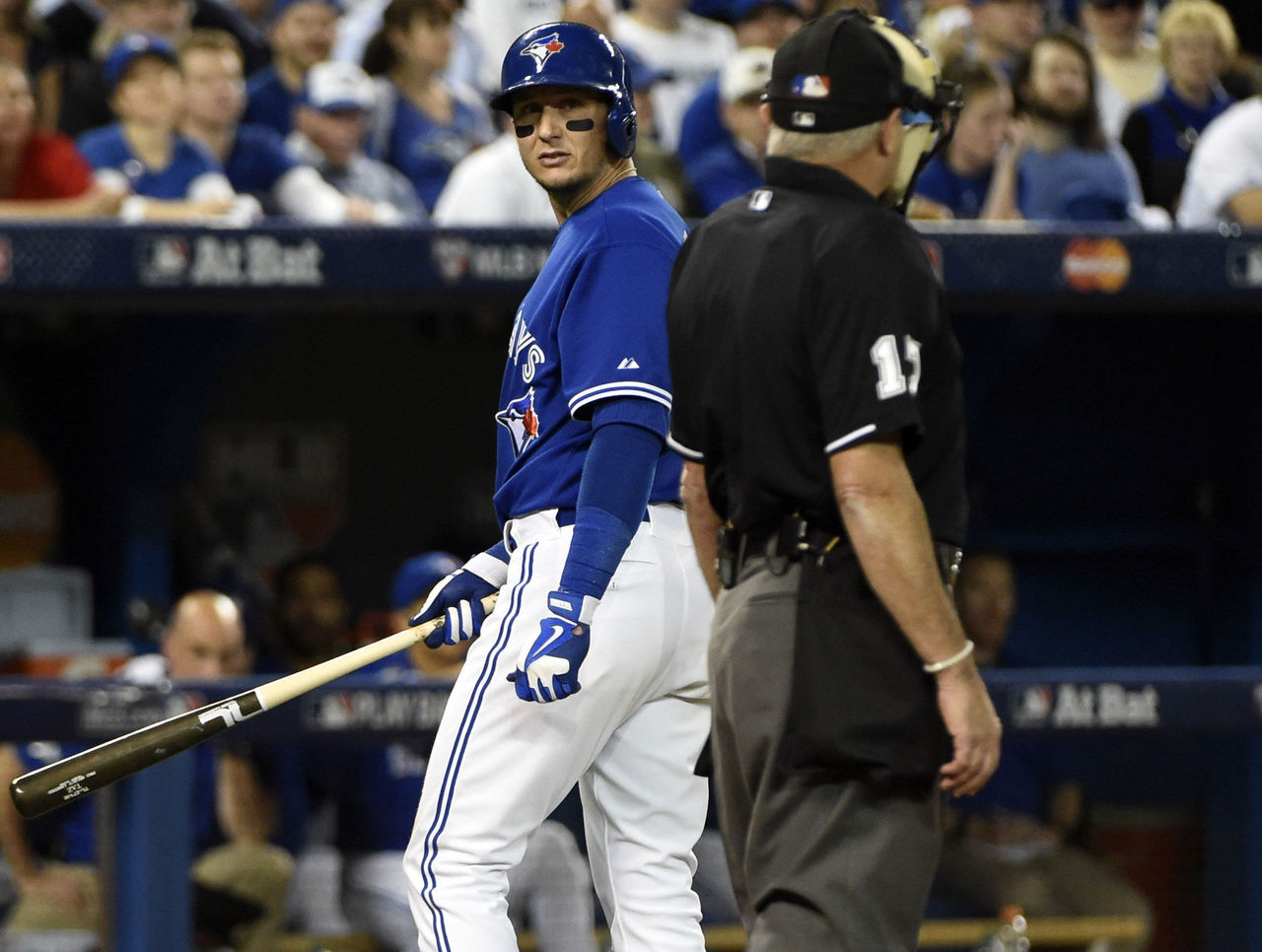
SS Troy Tulowitzki, Toronto Blue Jays
2016 BABIP: .182
This one feels premature. Tulowitzki was so good for so long that it doesn't seem possible that his decline could be real. As low as Semien's contact rate is, Tulowitzki's is worse. He is only making contact on 73.5 percent of his swings within the strike zone. Only four players have lower percentages.
The reality is he's probably playing through a hip injury. He'll have random games where he'll pop two home runs and it boosts confidence that a return to form is around the corner. He's been bad at the plate since going to Toronto. Already an icon of fragility, if he's hurt he's not doing fantasy owners, let alone the Blue Jays offense, any favors.
HEADLINES
- Astros' Paredes exits after suffering hamstring injury vs. Mariners
- Imanaga sharp as Cubs hit 5 homers to beat Red Sox
- Rangers beat slumping Tigers to move past .500 for 1st time since May
- Astros' Rodgers suffers concussion, broken nose in minor-league rehab game
- Betts seeks answers: 'I've never been this bad for this long'